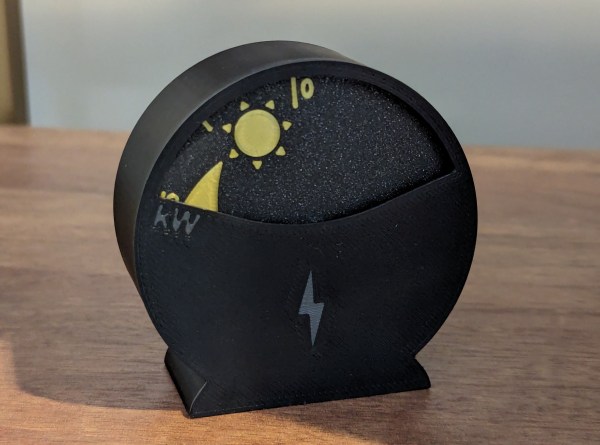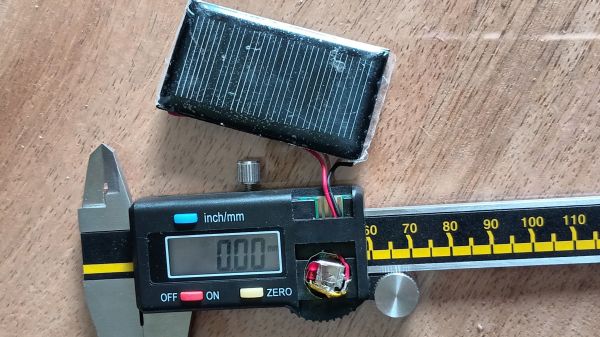[Jeff Sandberg] has put a fair bit of effort into adding solar and battery storage with associated smarts to his home, but his energy usage statistics were incomplete. His solution was to read data from the utility meter using RTL-SDR to fill in the blanks. The results are good so far, and there’s no reason similar readings for gas and water can’t also be done.
[Jeff] uses the open source home automation software Home Assistant which integrates nicely with his solar and battery backup system, but due to the way his house is wired, it’s only aware of about half of the energy usage in the house. For example, [Jeff]’s heavy appliances get their power directly from the power company and are not part of the solar and battery systems. This means that Home Assistant’s energy statistics are incomplete.
Fortunately, in the USA most smart meters broadcast their data in a manner that an economical software-defined radio like RTL-SDR can access. That provided [Jeff] with the data he needed to get a much more complete picture of his energy usage.
While getting data from utility meters is conceptually straightforward, actually implementing things in a way that integrated with his system took a bit more work. If you’re finding yourself in the same boat, be sure to look at [Jeff]’s documentation to get some ideas.



















